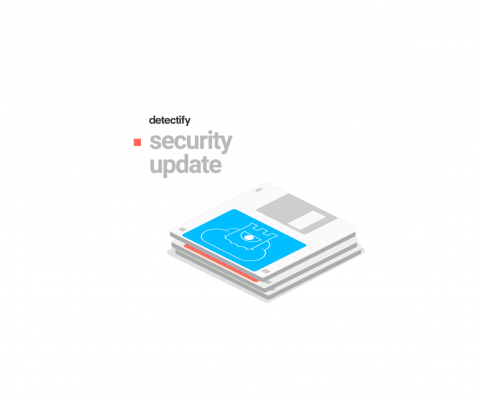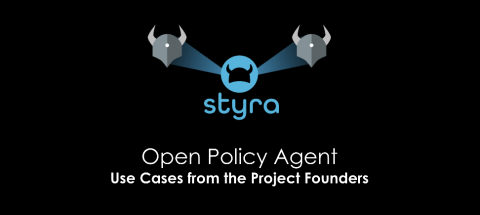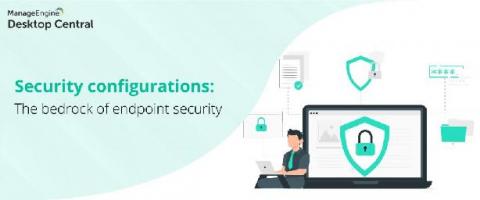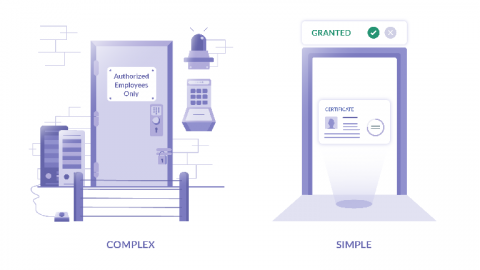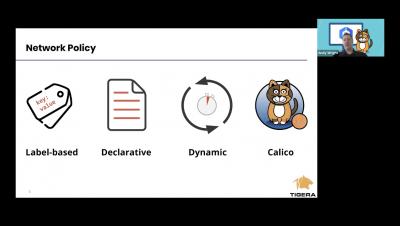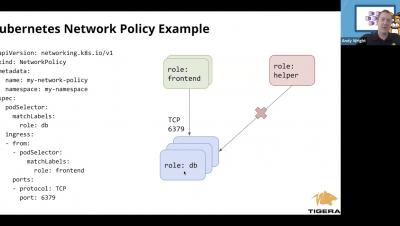Balancing security and flexibility with a remote workforce
According to the Pew Research Center, last year, roughly seven percent of U.S. workers regularly enjoyed the option of working from home. Well accustomed to the nature of remote work, these individuals were equipped with stable internet connections, collaboration and communication tools, and security technologies that helped them excel from their home offices.



